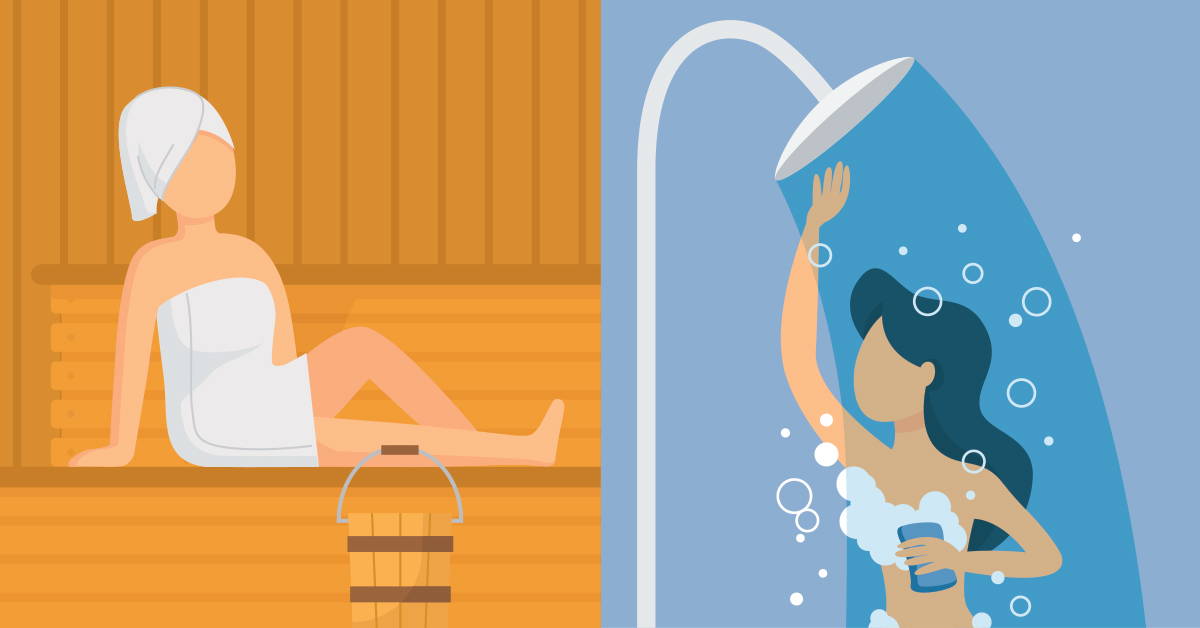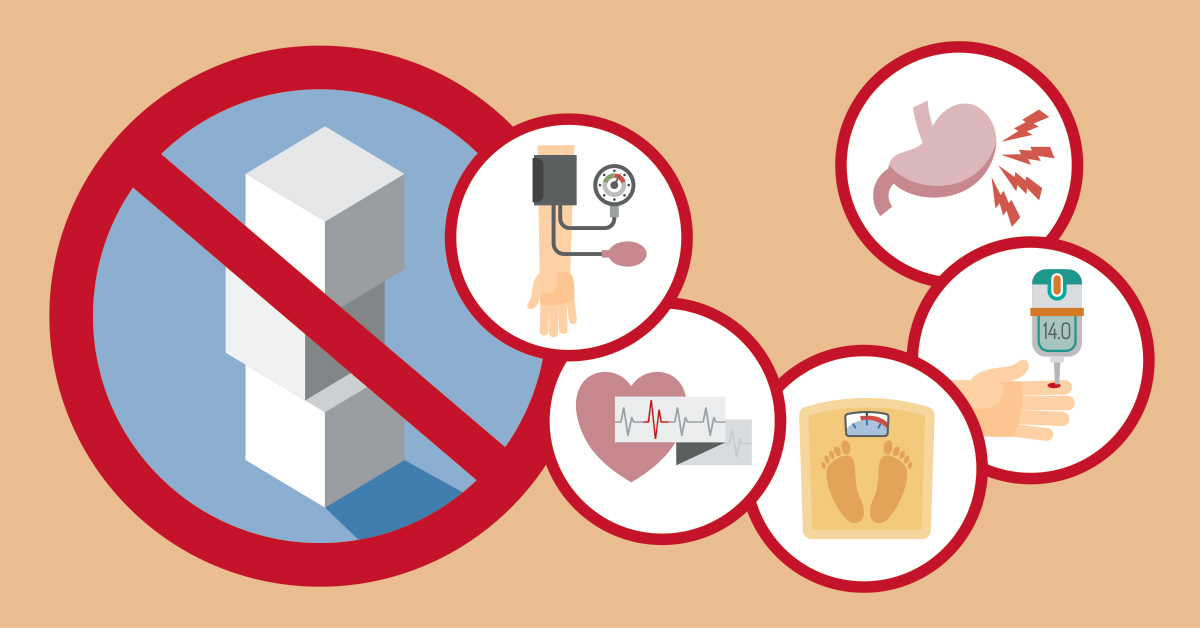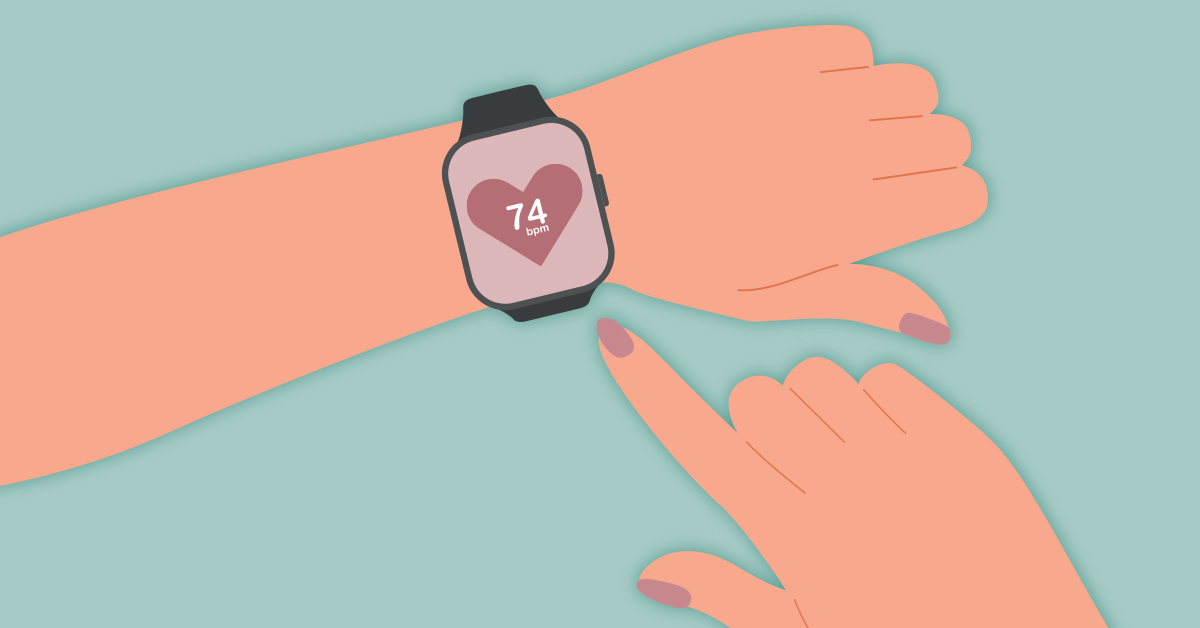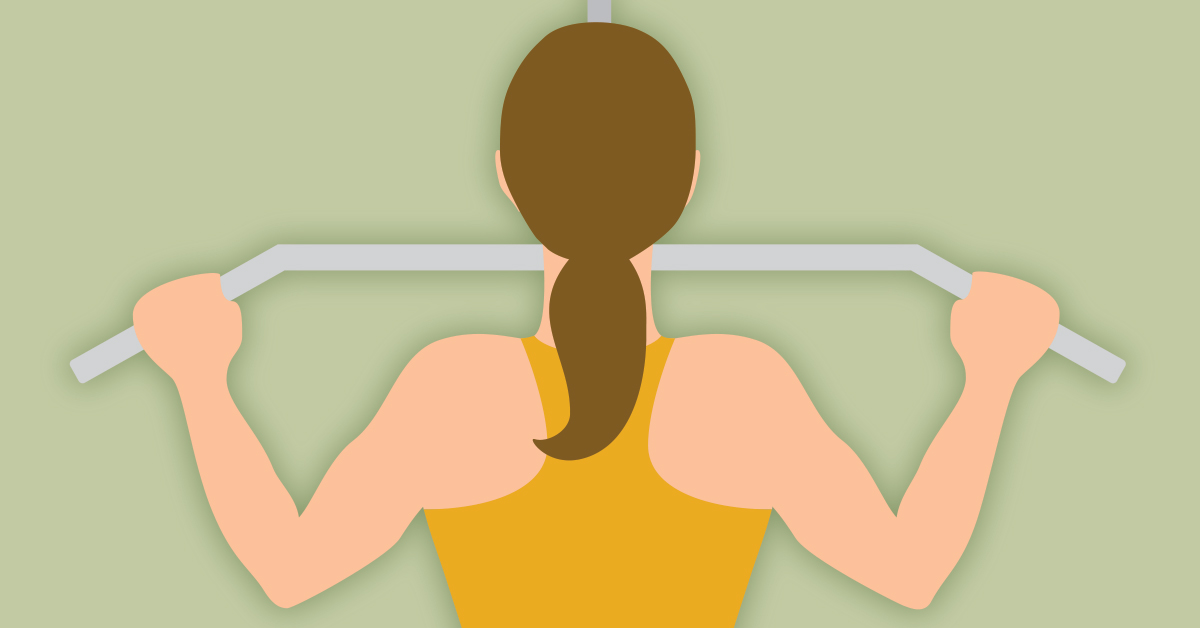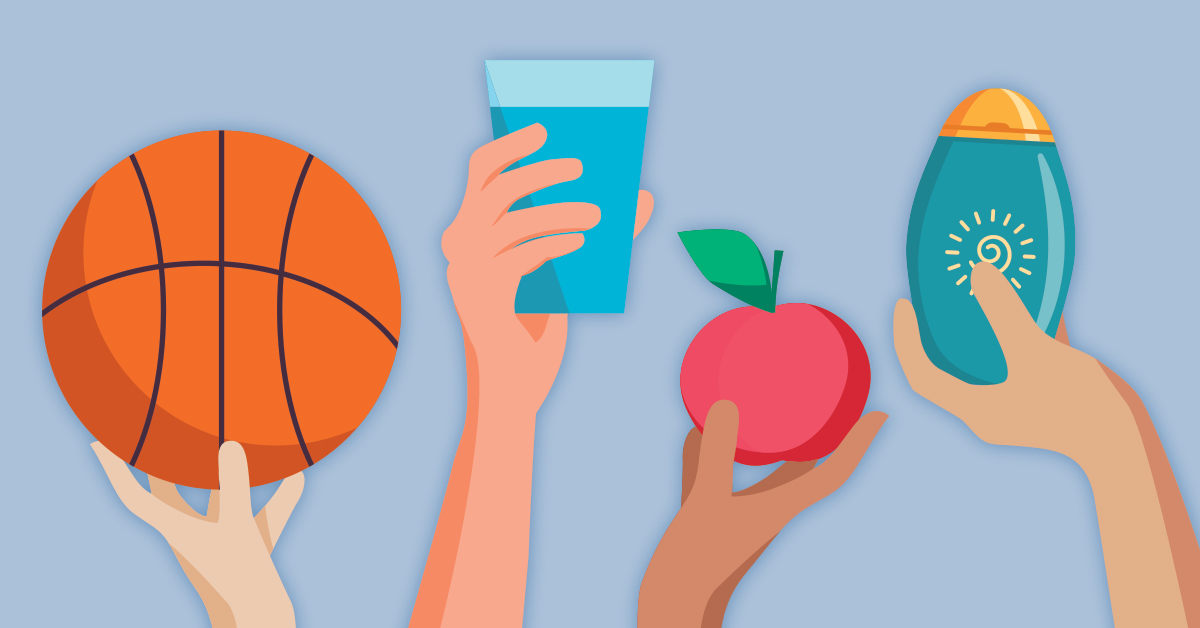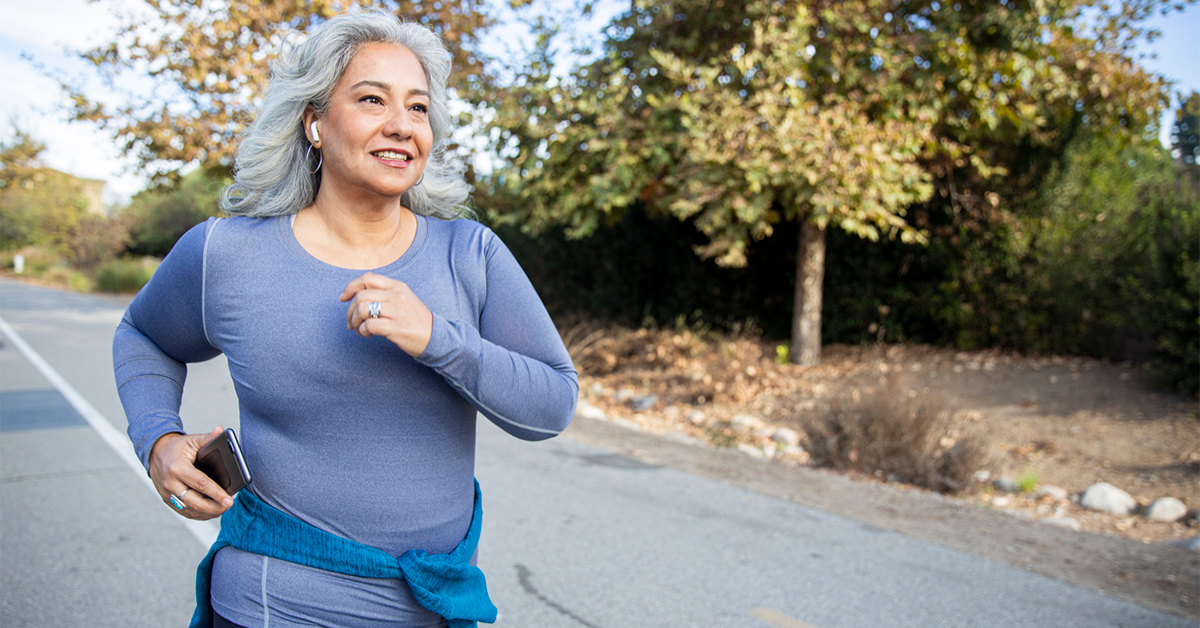Sir Isaac Newton would likely sympathize with modern parents. Newton, famous for discovering gravity, also developed three laws of motion. The first — the Law of Inertia — is particularly relevant to pandemic-era parenting: a body at rest remains at rest, or, if in motion, remains in motion at a constant velocity unless acted on by a net external force.
Parents of any child old enough for screen time know a body at rest — or on a screen — remains right there unless acted on by the net external force of parental will. In all fairness to children, we adults are often guilty of too much screen time and sedentary behavior. It’s common knowledge that we collectively need to move more. But just because we know something, doesn’t mean we do it. Inertia is a powerful force.
For our physical and mental health, we need to move more. The benefits of exercise and movement are well established. Benefits come from just 10 minutes of moderate-intensity exercise a day like a brisk walk, according to a recent study. Exercise improves mental health by reducing anxiety, depression, and negative mood and by improving self-esteem and cognitive function. Exercise has also been found to alleviate symptoms such as low self-esteem and social withdrawal (see Exercise for Mental Health).
To overcome inertia and move more as a family, make it fun — and easy.
- Go on a walk. In Minnesota, kids do outdoor recess, even when its cold, they’re used to being outside in the cold. Some adults might need more convincing, though many Minnesotans embrace the cold and cross-country ski, snowmobile, ice fish, ice skate and more. So bundle up and go on a walk with your kids. (Just watch the ice…) As spring emerges, point out signs of the changing season. Play catch as you walk. Have races. Skip or gallop from one point to another.
- Have a family dance party. Call for a dance break. If you find you’re all sitting around on various screens, collect the crew and turn on some music. Teach them a dance from your youth. Take turns picking the music. Have your preteen/teenager teach you a TikTok dance. Feeling ambitious? Buy a disco ball. But avoid a fog machine…unless you want to set off your smoke detector.
- Create a challenge. See how many pushups, situps or jumping jacks people can do in 30 seconds. Set a daily goal for each family member and see who can keep it up for the longest. Have races in the yard. See who can get more steps in a day, if you use a fitness tracker. The success of this one definitely depends on family and sibling dynamics!
- Use an app. There are countless apps that encourage kids and adults to move more on all digital platforms. Some focus on reminders that ping you to move. Others have more engaging content that guide you/the kids through different activities. Here’s a list of the 6 Best Fitness Apps for Keeping Kids Active.
- Meet up at a park. Plan play dates or time with friends at a park or playground or go as a family. The kids will love playing with their friends, while you can catch up with your friends. If your kids are different ages, perhaps the older ones can watch and play with the younger ones. It might bring them back to when they were that age, and the younger kids will love it.
For many people, the hardest part of motivating your family to move more is overcoming the inertia of sitting still. Once you get into the habit — and find out how much fun you can have — it will be easier to get out and move. As human beings, we’re wired to move. Sometimes we just need the push to make it happen.







